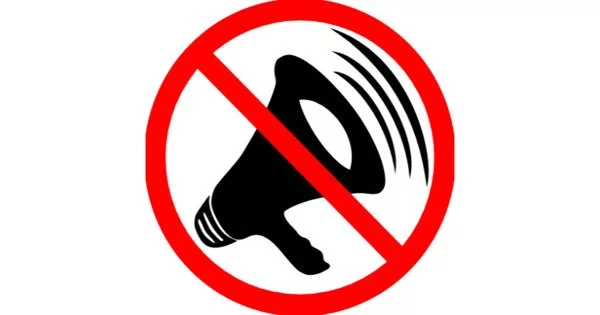Noise control, also known as noise mitigation, refers to a set of strategies for reducing noise pollution or the impact of noise, whether outdoors or indoors. The various techniques and measures used to reduce or eliminate unwanted sounds in the environment are referred to as noise control. Excessive noise can be annoying, disruptive, and even harmful to one’s health. As a result, noise control aims to reduce noise pollution while also creating more peaceful and comfortable environments.
Transportation noise control, architectural design, urban planning through zoning codes, and occupational noise control are the main areas of noise mitigation or abatement. The most common sources of environmental noise are highway and aircraft noise. Social activities may produce noise levels that consistently have an adverse effect on the health of populations living in or occupying areas, both indoor and outdoor, near entertainment venues that feature amplified sounds and music, posing significant challenges for effective noise mitigation strategies.
Here are some common strategies for noise control:
- Sound insulation: This entails reducing sound transmission from one area to another. It typically entails the addition of sound-absorbing or sound-blocking materials such as insulation, acoustic panels, double-glazed windows, or soundproof barriers.
- Noise barriers: Physical barriers placed between the noise source and the receiver can aid in the blocking or redirection of sound waves. Building walls, fences or earth berms to shield against road traffic noise is one example.
- Noise absorption: Using sound-absorbing materials can help reduce reflection and reverberation, lowering overall noise levels. Acoustic foam, curtains, carpets, and acoustic ceiling tiles are common materials used for this purpose.
- Noise reduction in machinery: Applying engineering techniques to reduce noise emissions at the source is essential in industrial settings. This may involve using vibration isolators, mufflers, or enclosures to dampen or absorb noise produced by machinery or equipment.
- Land-use planning: Proper planning and zoning can assist in distinguishing noisy activities from noise-sensitive areas, such as residential zones from industrial or commercial zones. This reduces people’s exposure to excessive noise levels.
- Regulations and standards: To control noise pollution, governments frequently enact noise regulations and standards. Limits on permissible noise levels for various types of activities or equipment can be included.
Several techniques for addressing interior sound levels have been developed, many of which are encouraged by local building codes. In the best-case scenario, planners are encouraged to collaborate with design engineers to examine trade-offs between roadway design and architectural design. These techniques include the design of exterior walls, party walls, floor and ceiling assemblies, and a variety of specialized means for dampening reverberation from special-purpose rooms such as auditoria, concert halls, entertainment and social venues, dining areas, audio recording rooms, and meeting rooms.
















